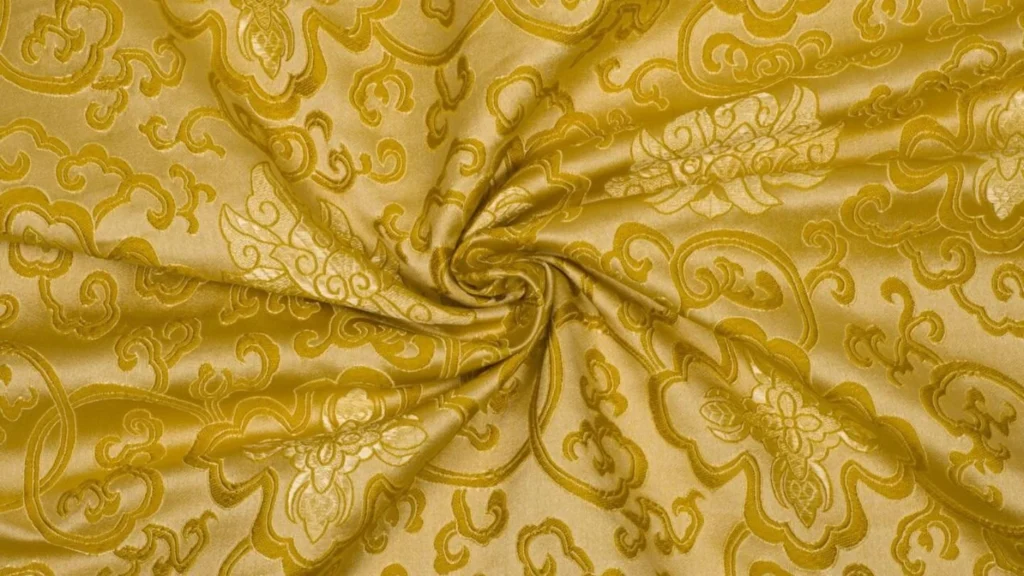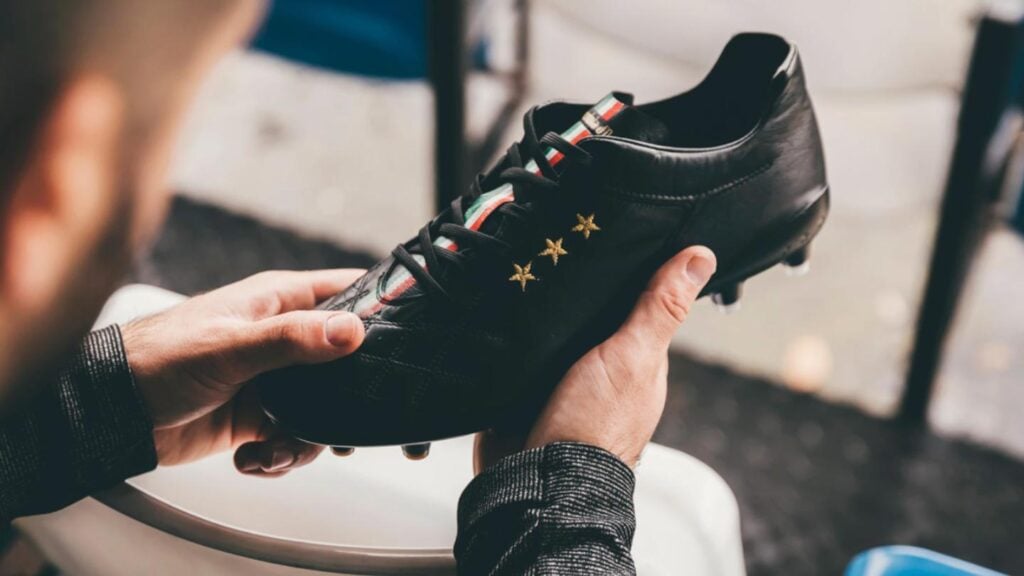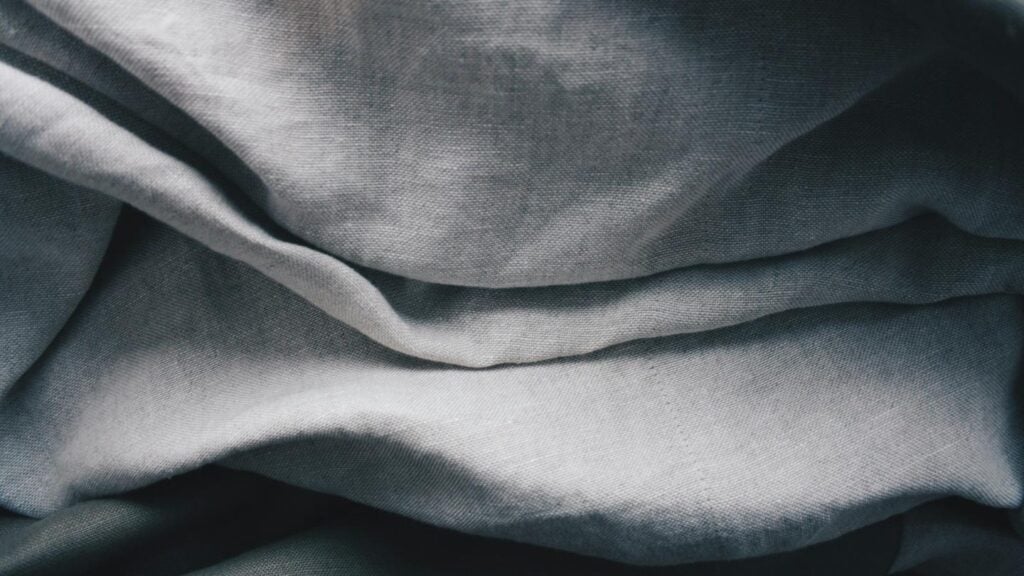2 – Lawn Fabric Composition
3 – Lawn Fabric vs Other Fabrics
4 – Lawn Fabric Is Manufactured
5 – Common Uses in Fashion
6 – Understanding the Environmental Impact of Lawn Fabric
7 – Exploring Price Points and Value for Money
8 – Conclusion
9 – FAQs
What is Lawn Fabric?
Lawn fabric is a lightweight, breathable textile that is known for its smooth, crisp texture and soft feel, making it a popular choice for summer clothing. Its name may evoke images of well-maintained grass lawns, which is fitting, as the fabric’s soft, refined appearance and airy nature resemble the freshness of a summer garden. Lawn fabric is most commonly made from cotton but can also include blends with other fibers like linen or synthetic materials. Here’s a closer look at what makes lawn fabric so desirable:
- Lightweight and Breathable: Lawn fabric is thin and airy, making it perfect for hot weather. Its breathability allows for excellent air circulation, which helps keep the wearer cool and comfortable.
- Smooth and Crisp Texture: Unlike heavier fabrics, lawn has a smooth, crisp feel that maintains its shape well, making it ideal for finely tailored garments like blouses, shirts, and dresses.
- Uses in Fashion: Due to its smooth finish and lightweight qualities, lawn fabric is often used for summer fashion items like summer dresses, blouses, skirts, and shirts. It is also common in delicate, high-quality designs where a soft yet structured look is desired.
- Composition Variations: While lawn is most commonly made from cotton, it can be blended with other fibers such as linen or even synthetic fibers. This provides different textures and durability depending on the mix, allowing for a range of fabric finishes from soft and fluid to slightly stiffer forms.

Lawn fabric is beloved for its versatility, offering both comfort and sophistication. Its elegant simplicity makes it a staple in summer wardrobes, but it also has a rich history rooted in fine fabrics that were traditionally handwoven for high-end fashion.
Lawn Fabric Composition
Lawn fabric is most commonly made from cotton, but it can also be crafted from blends with other fibers to enhance its texture and performance.
- Cotton: Pure cotton lawn is lightweight, soft, and breathable, making it ideal for summer clothing.
- Cotton Blends: Blending cotton with fibers like linen or polyester creates fabrics that are more durable and resistant to wrinkles while maintaining breathability.
- Linen: Linen lawn is slightly heavier and more textured but still offers excellent breathability for warm weather.
- Synthetic Blends: Fabrics like polyester or rayon can be blended with cotton to make lawn more affordable, durable, and wrinkle-resistant.
- Mercerized Cotton: This treated cotton has a shiny finish, offering a more luxurious look and feel while improving strength and dye retention.

The composition of lawn fabric affects its texture, durability, and suitability for various uses, from casual wear to more formal garments.
Lawn Fabric vs Other Fabrics
Lawn fabric shares many characteristics with other lightweight textiles, but it stands out for its unique qualities. Understanding how lawn compares to other fabrics helps highlight its advantages and ideal uses.
- Lawn vs Muslin: Both lawn and muslin are lightweight and breathable, but muslin has a looser weave and a more textured feel, while lawn is finer and crisper. Lawn fabric is typically smoother and more polished, making it better suited for formal wear or delicate designs.
- Lawn vs Voile: Voile is another lightweight fabric, but it is sheerer and more fluid than lawn. Lawn has a more structured feel, making it ideal for garments that require a bit more form or shape, while voile is often used for drapery or flowy dresses.
- Lawn vs Cotton Shirting: Cotton shirting is heavier than lawn, with a denser weave. While both fabrics are breathable and comfortable, cotton shirting is generally better for shirts and formal wear due to its slightly thicker nature, while lawn is preferred for softer, lighter garments.
- Lawn vs Linen: Linen is also lightweight but tends to wrinkle more easily than lawn. Linen’s natural texture gives it a more relaxed look, while lawn’s crispness provides a more refined finish. Lawn fabric is also generally softer than linen.
While lawn fabric competes with other lightweight materials, its crisp texture, breathability, and versatility in both casual and formal clothing make it a unique and valuable fabric choice.
How Lawn Fabric Is Manufactured
Lawn fabric is created through a fine, delicate weaving process that gives it its smooth, crisp texture. The production of lawn fabric involves several key steps:
- Weaving: Lawn fabric is typically woven using a plain weave, where the yarns cross each other in a simple over-and-under pattern. This results in a smooth surface that contributes to its crisp, refined finish.
- Fiber Selection: High-quality cotton or cotton blends are chosen for their softness and strength. The fibers are spun into fine threads, which are then woven into the fabric. Some lawn fabrics may also undergo mercerization, a chemical treatment that adds shine and strength.
- Dyeing: After weaving, lawn fabric is dyed using either natural or synthetic dyes. The fine weave allows the fabric to absorb dyes evenly, resulting in vibrant, lasting colors.
- Finishing: Lawn fabric is finished to enhance its softness and crispness. This may involve a light steam or pressing process to smooth out the fibers, giving the fabric its signature finish.
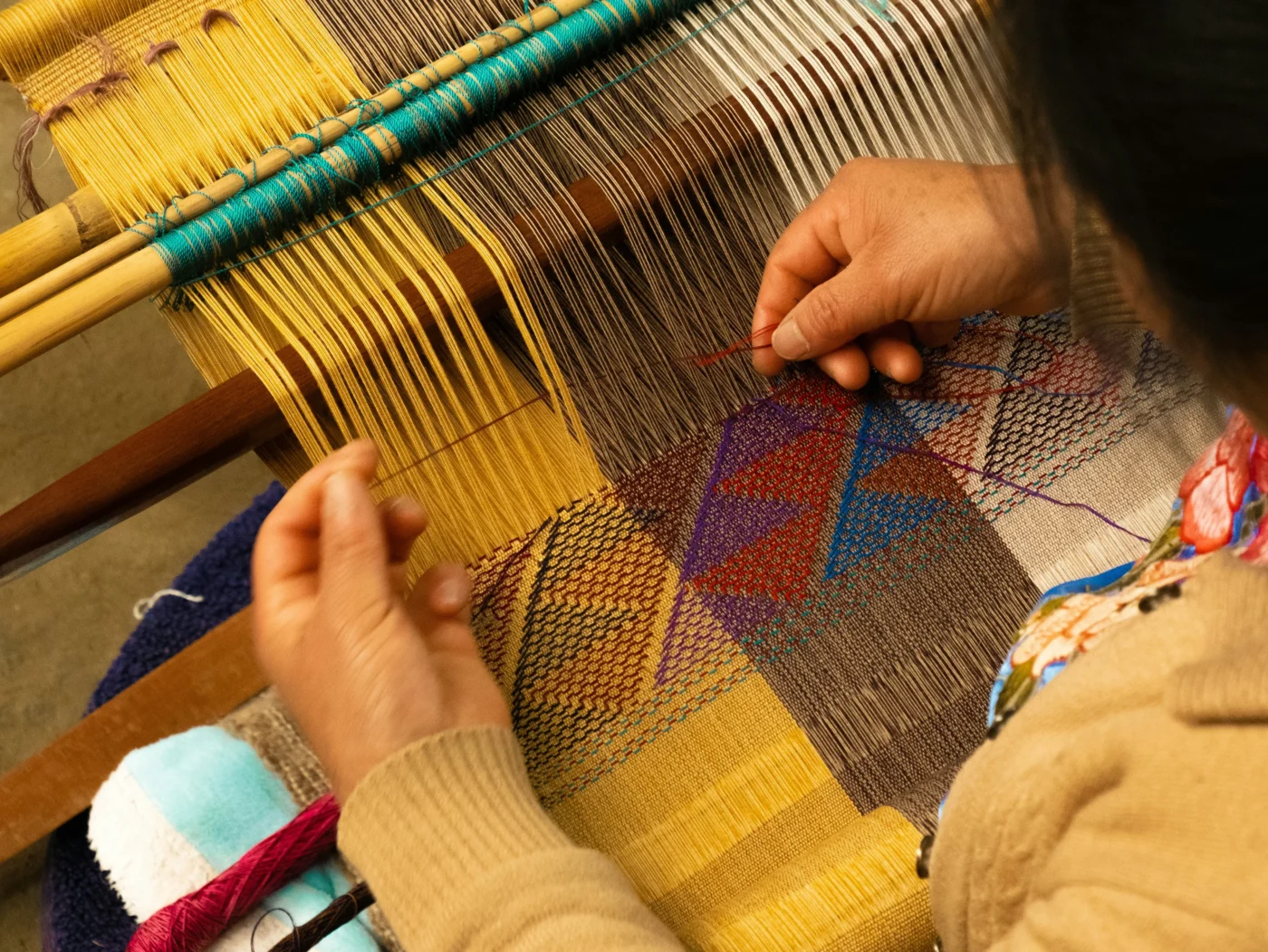
Lawn fabric’s fine, light texture is achieved through precise manufacturing techniques, making it a favorite for both everyday clothing and more luxurious designs.
Produce your fashion collection with us
Common Uses in Fashion
Lawn fabric’s lightweight and breathable nature makes it an ideal choice for a variety of fashion garments, particularly in warm weather. Its smooth texture and crisp finish lend themselves to a range of stylish, comfortable pieces.
- Dresses and Blouses: Lawn fabric is often used for summer dresses and blouses due to its soft feel and elegant finish. Its lightweight structure makes it perfect for creating flowy, breathable garments ideal for hot climates.
- Shirts and Tunics: Lawn fabric is popular for casual yet polished shirts and tunics. Its smooth surface allows for detailed embroidery or printing, giving these garments a sophisticated look without sacrificing comfort.
- Skirts and Scarves: The crispness of lawn fabric helps skirts hold their shape, while its softness makes it a comfortable material for scarves, providing a chic, airy accessory for summer outfits.
- Bridal Wear: Lawn’s delicate texture and refined finish make it a preferred fabric for lightweight bridal wear, such as lace overlay dresses or elegant wedding skirts.

Lawn fabric’s versatility, comfort, and ability to hold shape make it a go-to fabric for a wide range of garments, especially in warmer seasons.
Understanding the Environmental Impact of Lawn Fabric
The environmental impact of lawn fabric largely depends on the materials used and the production processes involved. Here’s how lawn fabric compares in terms of sustainability:
- Natural Fibers: Lawn fabric made from cotton is biodegradable, which is a significant advantage over synthetic materials. However, cotton farming can have a high environmental impact, especially if not grown sustainably. Large-scale cotton farming requires a significant amount of water and can involve the use of pesticides.
- Sustainable Cotton: Some manufacturers use organic cotton, which is grown without harmful chemicals and with more environmentally friendly practices. Organic cotton reduces the environmental footprint by using less water and avoiding pesticides.
- Synthetic Blends: Lawn fabric blended with synthetic fibers, like polyester, can be less eco-friendly. While synthetic fibers often have a lower cost and improved durability, they are not biodegradable and contribute to microplastic pollution when washed.
- Manufacturing Process: The dyeing and finishing processes can also have an environmental impact. Conventional dyeing methods often use toxic chemicals and large amounts of water. Eco-friendly brands are now focusing on waterless dyeing techniques and using natural dyes to reduce environmental harm.
- Longevity: Lawn fabric is durable and long-lasting, which means garments made from it tend to have a longer life, reducing the need for frequent replacements. This makes lawn a more sustainable choice when compared to fabrics that wear out quickly.
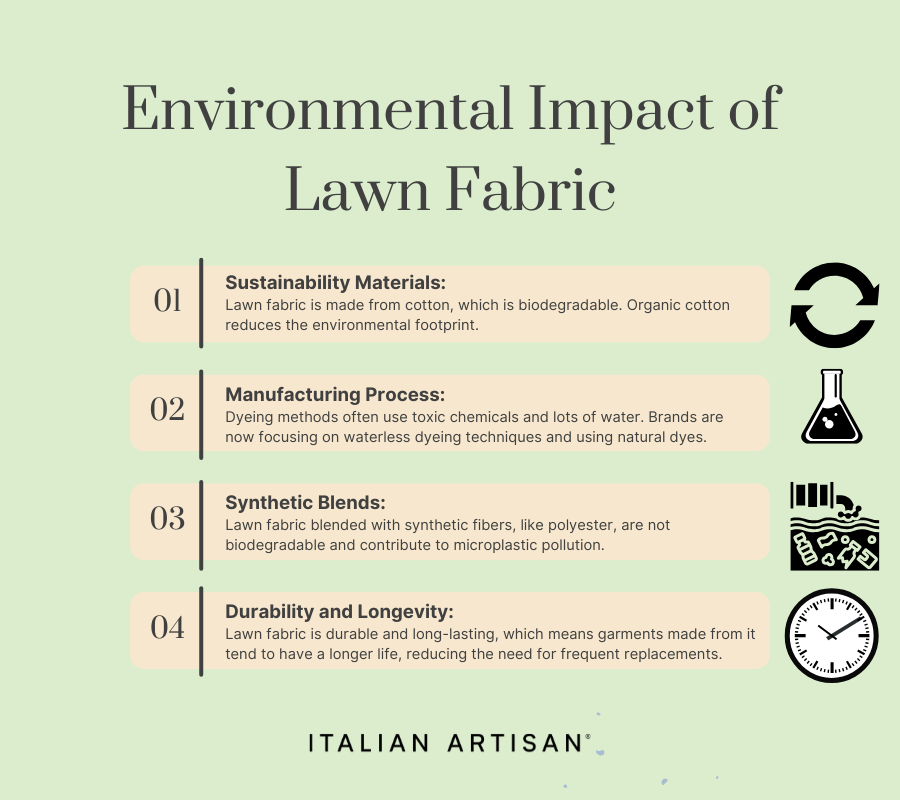
Lawn fabric’s environmental impact can vary depending on the materials used and the production methods. Opting for sustainable practices, such as organic cotton and eco-friendly production, can help reduce its environmental footprint.
Exploring Price Points and Value for Money
Lawn fabric is generally considered an affordable option, though prices can vary depending on the material composition, brand, and manufacturing processes. Understanding these factors helps consumers assess whether lawn fabric offers good value for money.
- Cotton Lawn: Pure cotton lawn is typically budget-friendly, especially when compared to luxury fabrics like silk or wool. Prices can vary based on the quality of the cotton and whether it is organically grown. While cotton lawn may not be the cheapest option, it offers excellent durability and comfort, making it a worthwhile investment.
- Blended Fabrics: Lawn fabric blends, such as cotton-linen or cotton-synthetic mixes, can be more affordable. These blends are often more durable and easier to care for, providing better value for those seeking a low-maintenance, budget-friendly fabric.
- Luxury Lawn: High-end lawn fabrics, especially those that are mercerized or made with premium fibers, may come with a higher price tag. However, they offer superior finish, sheen, and longevity, justifying the higher cost for those looking for quality and refinement in their garments.
- Cost vs Longevity: Lawn fabric’s durability means that garments made from it can last a long time, reducing the need for frequent replacements. This can offer great value over time, especially when compared to cheaper, lower-quality fabrics that wear out quickly.
- Brand and Source: Designer lawn fabrics or those sourced from established brands like Liberty or traditional mills may come at a premium. However, their craftsmanship, design, and overall quality ensure lasting wear and high fashion value.
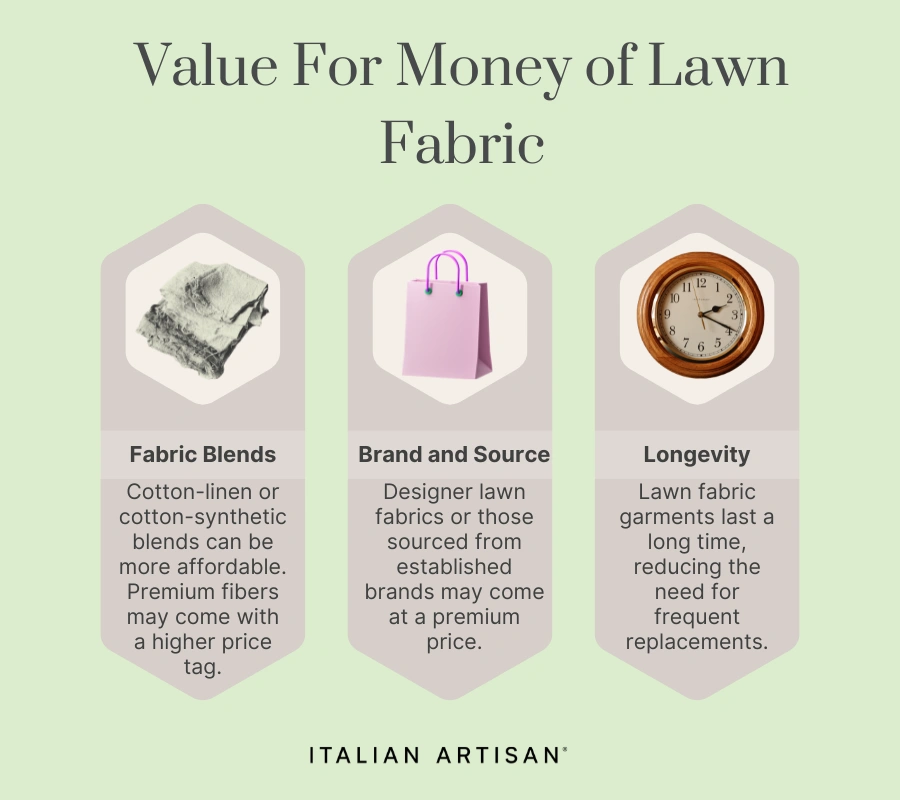
Overall, lawn fabric offers a range of price points to suit different budgets, making it an accessible and valuable choice for many consumers. Whether opting for basic cotton lawn or a more luxurious version, its versatility and durability make it a good investment in the long run.
Conclusion
Lawn fabric is a lightweight, breathable, and versatile textile that’s perfect for warm-weather garments like dresses and shirts. Made primarily from cotton, it offers comfort, smooth texture, and durability.
- Affordable and Durable: Lawn fabric provides excellent value for money with its long-lasting wear.
- Sustainable Options: Opting for organic cotton or eco-friendly production methods can reduce environmental impact.
- Timeless Appeal: Whether for casual or formal wear, lawn fabric remains a staple for its elegance and comfort.
In short, lawn fabric is a practical and stylish choice that continues to be favored for its versatility and quality.
FAQs
- What is lawn fabric made of?
Lawn fabric is typically made from cotton but can also be blended with linen or synthetic fibers for different textures and durability. - Is lawn fabric breathable?
Yes, lawn fabric is lightweight and breathable, making it ideal for warm weather and comfortable to wear. - Can lawn fabric be used for all seasons?
While lawn fabric is best suited for spring and summer due to its lightness, some blends with linen or synthetic fibers can offer more versatility for cooler seasons. - How do you care for lawn fabric?
Lawn fabric is usually easy to care for. Most versions can be machine washed, but it’s best to follow the care instructions to maintain its crisp texture. - Is lawn fabric suitable for formal wear?
Yes, lawn fabric’s smooth finish and crisp texture make it a great choice for both casual and formal garments, including blouses, shirts, and dresses. - Does lawn fabric wrinkle easily?
Lawn fabric is relatively wrinkle-resistant, but it may require light ironing or steaming, especially if made from 100% cotton. - Is lawn fabric expensive?
Lawn fabric is generally affordable, with prices varying based on the quality of the material and any designer branding. Luxury versions may cost more. - What makes lawn fabric different from voile?
While both fabrics are lightweight, voile is sheerer and drapier than lawn, which is crisper and more structured. - Can lawn fabric be used for upholstery?
Lawn fabric is generally too lightweight for heavy-duty upholstery but can work well for decorative items like cushions or throw pillows in soft, light colors. - Is lawn fabric eco-friendly?
Lawn made from organic cotton or produced using eco-friendly methods can be a more sustainable option. However, synthetic blends may have a larger environmental footprint.




